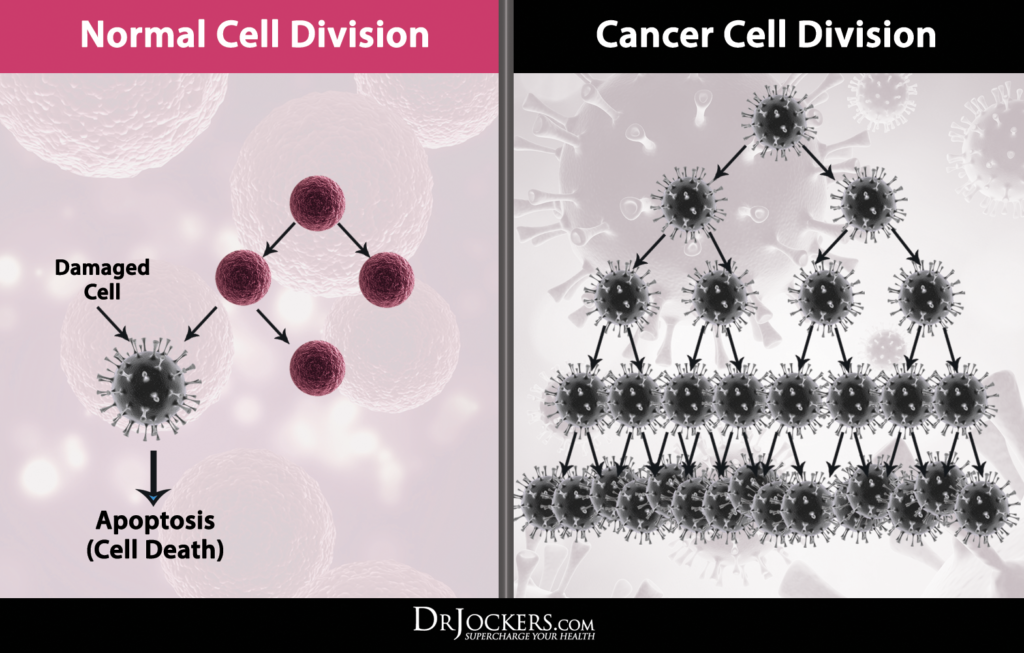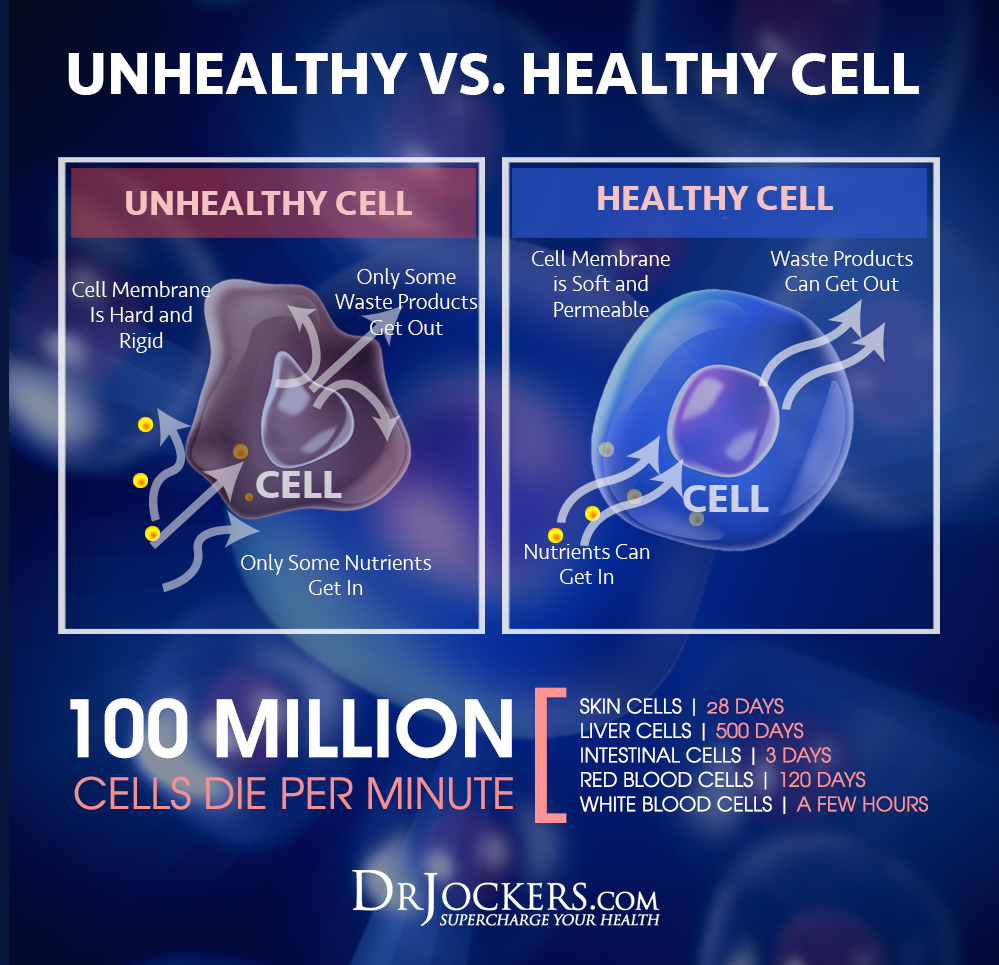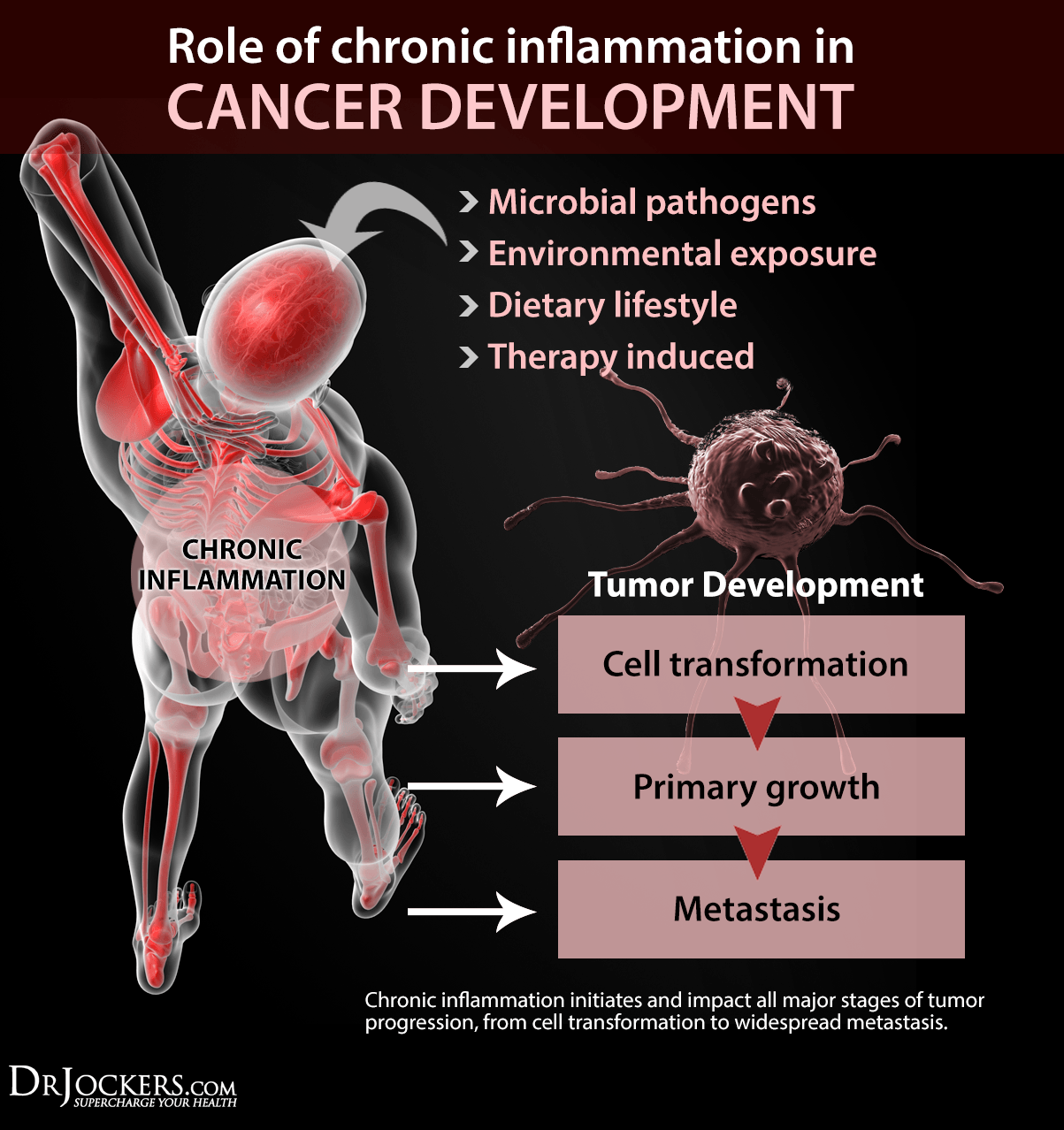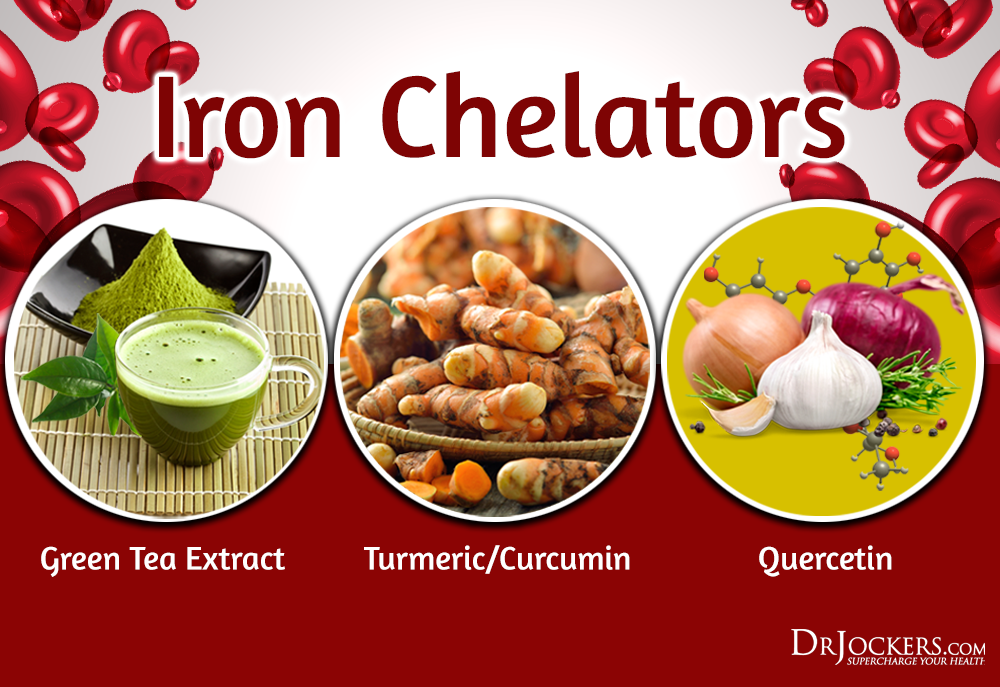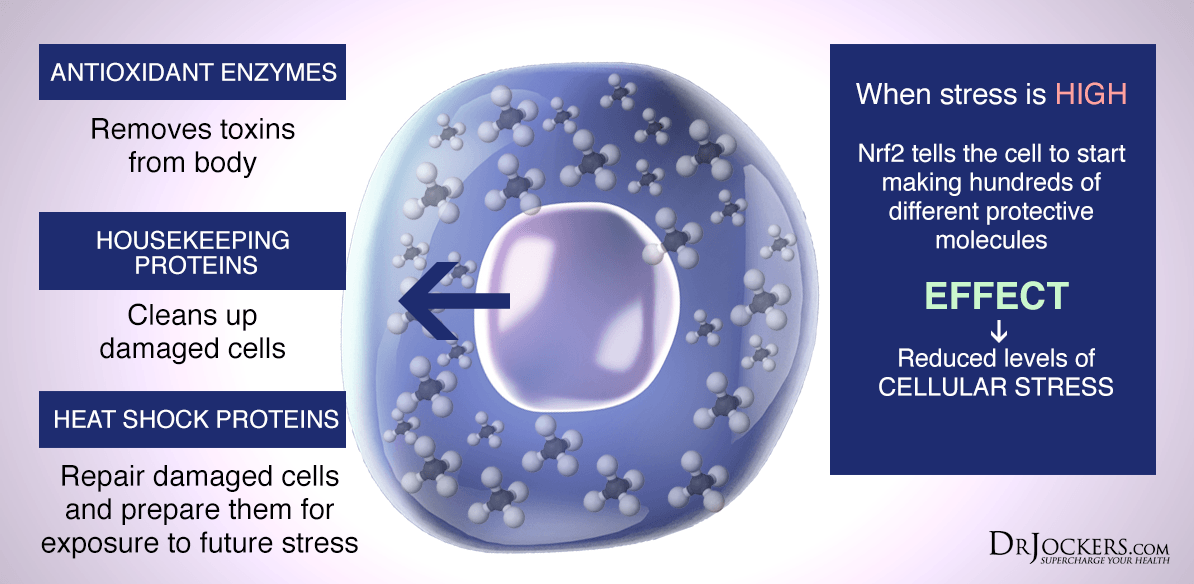How Does Someone Develop Cancer
Most of have wondered how people develop cancer? Living organisms are made of cells. In order to sustain life in a healthy manner, these cells must behave in biologically necessary ways. At any given moment cells in the body are being born, growing, dividing, and being destroyed all to maintain a healthy balance called homeostasis.
Sometimes when the normal cell regulation process is disrupted, a chain reaction of cellular malfunction can occur which leads to disease. One such disease that results from a malfunction in cellular regulation is cancer. In this article, I will explain the physiology behind how someone would develop cancer.
Cancer cells are always present in the human body, however they are typically recognized by the immune system and destroyed before they cause any problems. It is when cancer cells go unrecognized and begin to multiply that they become a burden. Cancer cells differ from healthy cells in critical ways that make them harmful to the body and this article will help you understand how this cellular dysfunction occurs and how one would develop cancer.
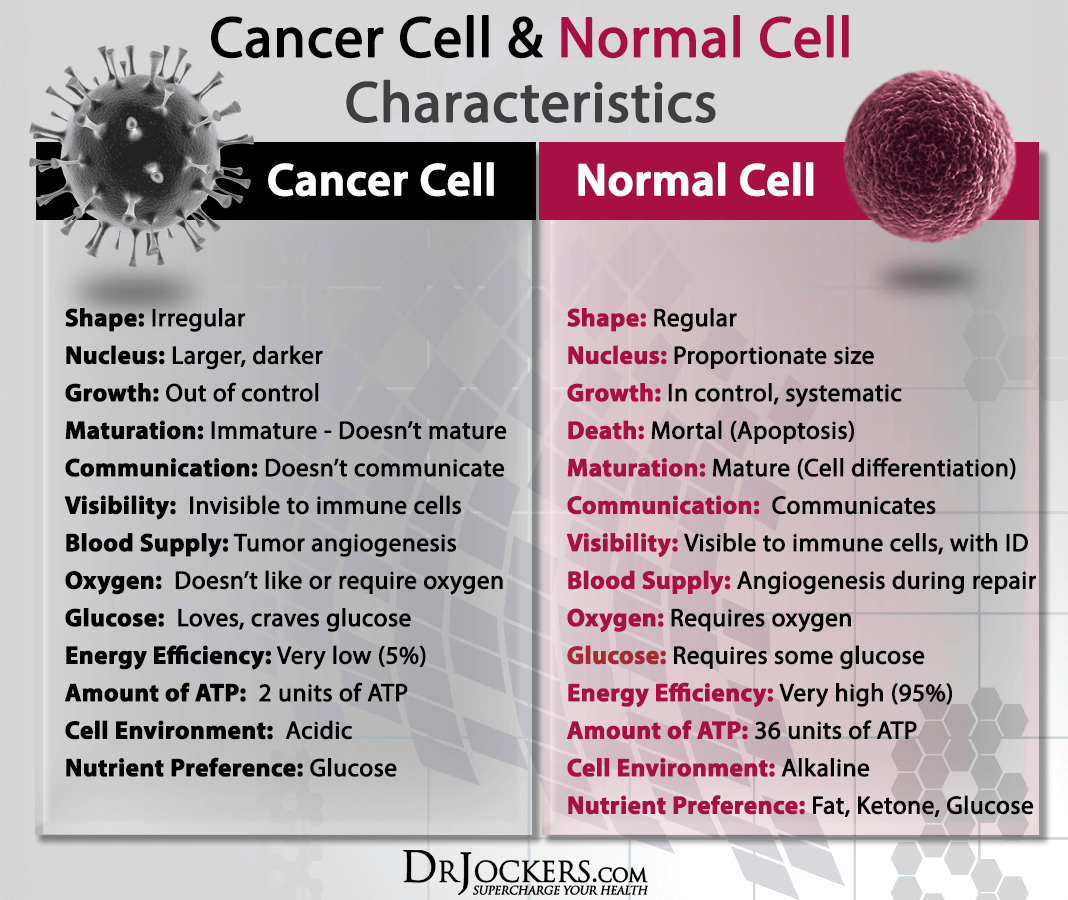
Unique Traits of Cancer Cells
Cancer cells are unlike any other cell in the body and they act totally out of line with normal cell functions. As they develop, they begin to ignore the signals sent by the body telling them when and when not to grow or even when to die.
When they are allowed to accumulate they begin to stray even further from normal acquiring unique traits. The three major cancer cell attributes that make them so harmful are:
1. The Inability to Regulate the Cell Cycle
While normal cells grow, divide, and die in a very controlled manner, cancer cells reproduce rapidly and indefinitely without dying. Instead of responding to the signals given by the surrounding tissues like healthy cells, cancer cells develop what is referred to as metabolic autonomy which allows them to self-stimulate growth (1).
2. Biologically Deaf
Cancer cells lose their ability to communicate with surrounding tissues. This characteristic is what contributes to invasive tumor growth. Without proper communication, cells cannot regulate themselves and can intrude upon tissues where they’re not meant to be to develop cancer.
3. Lack of Function
When normal cells are born they are undifferentiated, in other words they have no specific function. These are sometimes referred to as stem cells. Once the body decides what type of cells it needs then the undifferentiated cell will evolve into a specialized cell and sent to the organ or tissue where it will adhere and serve its function (skin cell, liver cell, etc.).
Cancer stem cells never evolve from their immature form and they lack the adhesive properties of healthy cells. In their underdeveloped state, cancer cells continue to divide and spread which results in tumor growth and eventually metastasis (spreading throughout the body) in an aggressive way to develop cancer.
So How Do We Develop Cancer Cells?
The cell cycle is a highly regulated process. Each time a cell divides, a copy of its DNA must be made in order for the new cell to function properly. It is possible that during this cell division, epigenetic (gene influencing) factors can damage the DNA and result in a damaged cell. Damaged cells are normal in the body and our immune system is highly capable of finding and destroying them before they lead to any problems otherwise, we begin to develop cancer.
These same epigenetic factors however can also interfere with our body’s ability to recognize damaged cells and when left unchecked they can become biological outlaws that disregard the rules of biology. In other words, cancerous growth begins and your risk to develop cancer goes up.
Considering epigenetic DNA damage and cellular dysregulation as the primary driving forces behind cancer, the following are some of the most prominent triggering mechanisms behind cancer development:
- Poor Activation of Antioxidant Defense Systems
- Inhibited Ability to Repair Cell Damage
- Chronic Inflammation
- Chronic Exposure to Toxic Chemicals
- High Levels of Iron
- Inhibited Ability to Properly Detoxify the Body
Poor Activation of Antioxidant Systems
One of the most prominent epigenetic influences on DNA damage is oxidative stress. When the body is exposed to physical or chemical stressors there is often an increased production of free radicals. Free radicals are unstable molecules that can damage the cells if not controlled.
Antioxidants are the body’s solution to free radicals. By interacting with each other they become stabilized and the free radicals are no longer capable of causing damage. It is common in those with cancer that they have high levels of stress, poor dietary nutrient intake, and therefore have inhibited antioxidant defense systems contributing to uncontrolled cell damage.
Strategies for Strengthening Defenses
Antioxidant-Rich Diet:
Simply by ingesting more antioxidant-rich rich foods you can significantly boost your body’s ability to fight inflammatory diseases, including cancer. I often recommend an anti-inflammatory diet which entails eliminating common food allergens, drastically lowering sugar intake and instead opting for healthy fat sources, and drastically increasing intake of antioxidant rich vegetables.
Glutathione Upregulation:
Glutathione is considerably the most important antioxidant in the body. Not only does it have powerful antioxidant effects alone, but it also helps regulate the activity of many other antioxidants.
To naturally boost your glutathione levels it is important to consume foods rich in the amino acids glycine, glutamic acid, and cysteine as they are chemical precursors (used to make glutathione). Other sources to include for optimized glutathione levels are alpha lipoic acid (ALA), flavonoids from fruits and vegetables, and magnesium.
Stress Reduction:
Chronically high stress levels will place the body in a constant state of tension and as a result the body produces an abundance of free radicals. Stress reducing strategies such as positive visualization, laughter, proper hydration, and reducing caffeine intake can all help with this.
Additionally, I absolutely recommend magnesium supplementation for every patient dealing with high levels of stress or anxiety.
Exercise/Oxygen Enriching Activities:
Studies have shown that increasing blood oxygenation through exercise or hyperbaric oxygen therapy can activate genetic pathways that increase antioxidant defenses in the body (2). One of the most critical antioxidant pathways activated by this strategy is the NRF2 pathway which plays a major role in glutathione production (3).

Inhibited Ability to Repair Damage
Cell damage occurs in the body every day and if not buffered by repairative processes can lead you to develop cancer. The difference between health and disease can often be marked by our ability to heal that damage; mainly regulated by DNA repair enzymes.
DNA repair enzymes are susceptible to the same free radical damage as DNA, which reinforces the importance of antioxidants. Typically, a few DNA mutations will not be reason for concern, but as they accumulate malignancy becomes more likely.
By increasing our dietary intake of antioxidants while also implementing strategies to support the body’s innate antioxidant defenses, the risk to develop cancer can be drastically limited (4). If cancer has already developed, these same strategies can be implemented to slow cancer development and prevent progression to a more aggressive form.

Supporting DNA Repair Processes
Every time DNA damage occurs in a cell, the immune system must analyze the cell and decide how to treat it. If the damage is too much then the cell will often be tagged for destruction. If possible, however, the immune system will attempt to repair the damaged DNA by recruiting DNA-repair enzymes.
As previously noted, it is common that someone who has developed cancer has impaired DNA repair processes. A high intake of antioxidants has been shown to protect the integrity of DNA repair enzymes while consumption of L-carnitine, zinc, and the b-vitamins 6, 12, folate, and niacinamide has shown to increase the number of repair enzymes in some cases (5, 6).
Another way to support the integrity of DNA repair enzymes is to improve detoxification pathways. This further reinforces the use of NRF2 and glutathione boosting strategies. By aiding in the elimination of toxins you drastically reduce the presence of free radicals created by them and therefore spare your DNA repair enzymes.
Chronic Inflammation
Due to the bombardment of constant stress and environmental toxins in our modernized society, along with poor dietary nutrient intake and over consumption of insulin-spiking foods, many Americans are chronically inflamed.
The consequences of chronic inflammation are vast and often lead to disorders of the brain, digestive tract, immune system, and general inhibition of optimized health. It has been well established that chronic inflammation is strongly linked with cancer development and directly influences several pathways by which cancer becomes more mature and aggressive.
Using natural strategies to control your inflammatory response may be one of the most powerful disease mitigating strategies you can use (7).
Strategies to Control Inflammation
In addition to an antioxidant-rich diet, Inflammation can be controlled effectively by: optimizing vitamin D levels, consumption of omega-3 fatty acids, and dietary inclusion of turmeric or curcumin (8, 9, 10).
Some of the most important recommendations I make for chronically inflamed patients are:
- Anti-Inflammatory Nutrition Plan: Adopt a low-sugar, high-fat diet that also includes high amounts of vegetables, especially leafy green and fibrous ones.
- Avoid the Most Common Inflammatory Foods: Processed foods, corn, peanuts, cottonseed oil, canola oil, unfermented soy, gluten, grain-fed meats and dairy)
- Maintain a Healthy Gut: Improper digestion and leaky gut syndrome can lead to allergies and autoimmune reactions that significantly inflame the body.

Free Iron Levels
High iron levels have been associated with increased inflammation and increased production of oxidants (11). Additionally, it is also well known that rapidly dividing cells require high levels of iron in order to replicate DNA.
Monitoring iron levels and incorporating an iron chelation therapy has proven successful in the control of certain cancers (12). Iron chelation should be performed by a qualified health professional as such protocols can cause health problems if performed incorrectly.
Natural Iron-chelating foods are:
- Legumes, Nuts, and Seeds
- Flavonoids (curcumin, Green Tea Extract, and Quercetin) (13)
Men typically are more prone to high iron levels unless they donate blood regularly. If your iron levels are high, consider donating blood and incorporating some of the listed foods with meals to help control further accumulation that could lead to you to develop cancer.
Inhibited Detoxification Ability
In today’s environment we are constantly exposed to toxins in our food, water, and environment. The body is equipped to remove moderate amounts of these toxins however high levels start to cause problems. We are exposed to thousands of chemicals every day, of which several hundred can be detected in the body at once.
General Guidelines for Avoiding Toxins: Drink clean water, Consume non-GMO & Organic Produce, Consume Meat and Dairy Only from Pasture-Raised or Grass-Fed Animals (Avoid Pork), Avoid Common Food Allergens (Peanuts, Soy, Wheat)
This is a baseline to ensure you don’t get an overexposure of toxins that can cause you to develop cancer.

Improving Your Ability to Detoxify
Several systems in the body play a role in the disposal of toxins. Although avoiding them in the first place is the best strategy, toxins cannot be 100% eliminated from our diet or environment. Luckily, properly supporting our body can ensure that any toxins we ingest are neutralized and disposed of before they become a problem.
In the case of cancer, removing toxins from the body will drastically increase our healing potential. One of the most powerful ways of increasing your defenses against toxins is optimizing the health of your digestive tract, liver and kidneys. This is key to ensure you don’t develop cancer growth.
Digestive Tract
The digestive tract is one of the primary defenses of our immune system. Everything we ingest must first be processed by the digestive system. Although often not thought of in this way, the digestive system can also be one of the most powerful defenses against toxins that we ingest every day.
The lining of our gut is filled with more bacteria than cells in our entire body. For optimal health, it is important to maintain a healthy balance and diversity of these bacteria. A healthy microbiome not only protects us from toxins but actually has the remarkable ability to take toxins that we consume and turn them into healthy nutrients.
Additionally, it is important to make sure you are having regular bowel movements at least 2-3 times per day as this is a major way of eliminating toxins.
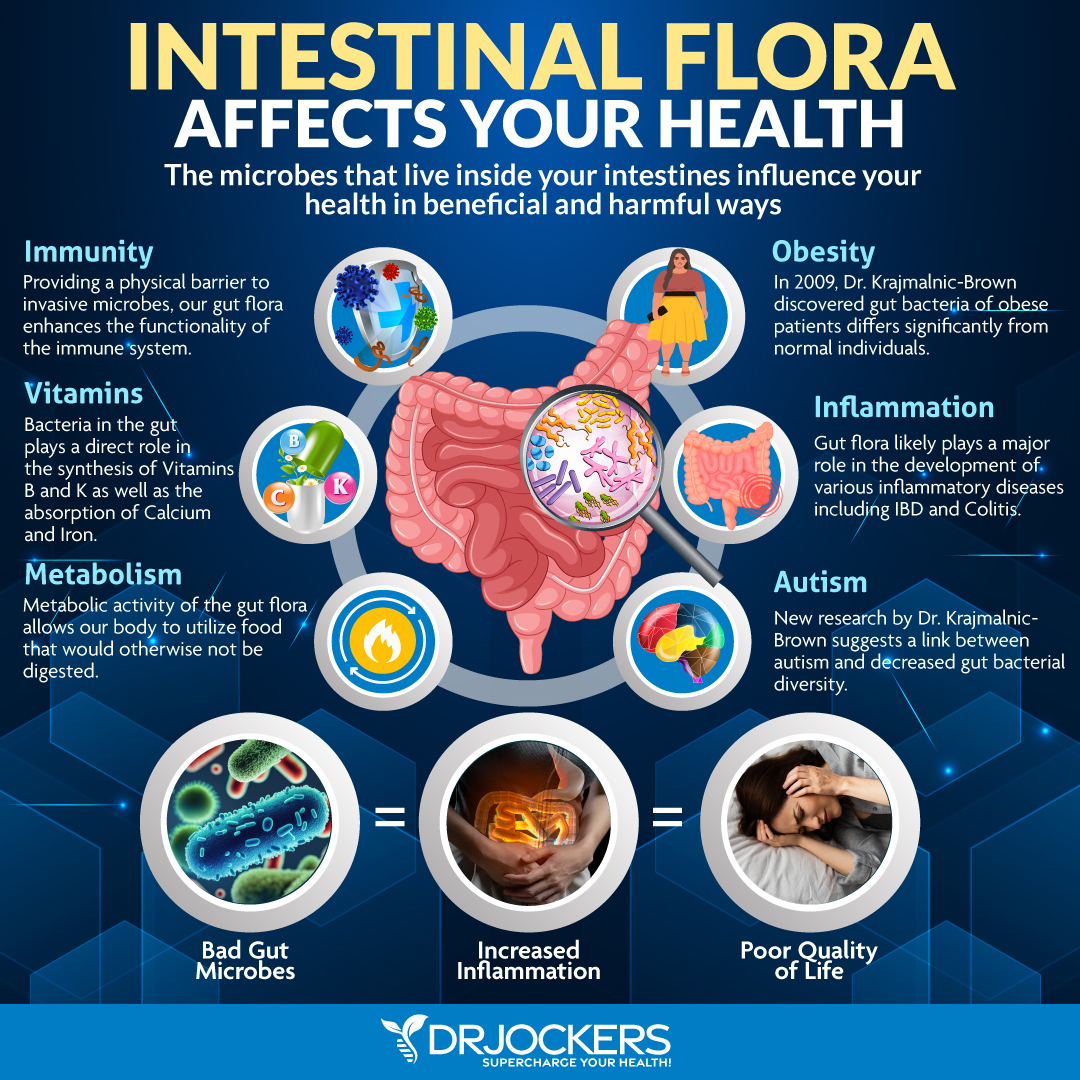
Liver & Kidneys
The liver and kidneys are two of the most powerful eliminators of toxins in the body. The liver is responsible for a series of reactions that convert nutrients to useable forms, neutralize toxins, and mobilize toxins to the urine and bile for excretion.
The detoxification process of the liver works in three phases and for effective detoxification, all three phases must be supported. Natural compounds have been identified that provide this effect.
Nutrients that support Phase I detoxification often seem to also support Phase II. The most effective nutrients for Phase I/II detox support are calcium-d-glucarate (14) sulfur compounds (cysteine, methionine, sulforaphane), glutamine, ginger, milk thistle, glutathione, curcumin, magnesium, and EGCG (15).
Phase III detox is improved significantly with the inclusion of dandelion extract, fenugreek, and fennel. Several of these nutrients also stimulate bile flow, which is considered a crucial final step in liver detoxification as some toxins are eliminated through the bile.

NRF2 Signaling
The liver and kidneys can further be supported by improving NRF2 signaling and consuming nutrients that can bind toxins in the blood (16). NRF2 is what is known as a transcription factor and this one in particular is responsible for the upregulation of powerful antioxidant and detoxification genes.
There are a wide variety of nutrients that enhance NRF2 signaling such as glucorophanin, turmeric, and green tea extract. To help bind toxins in the blood, chlorophyll rich foods such as wheatgrass or chlorella have shown to be beneficial.
Other considerations to take into account when detoxing high levels of toxins are adequate water consumption, consistent exercise or movement practice, and intermittent fasting. A higher than normal hydration level may be necessary to aid the elimination of toxins through urine and sweat.
Exercise is important because it increases nutrient absorption and mobilization of lymph. Intermittent fasting may aid in the detoxification process by allowing more time between meals for the body to devote energy to such processes.
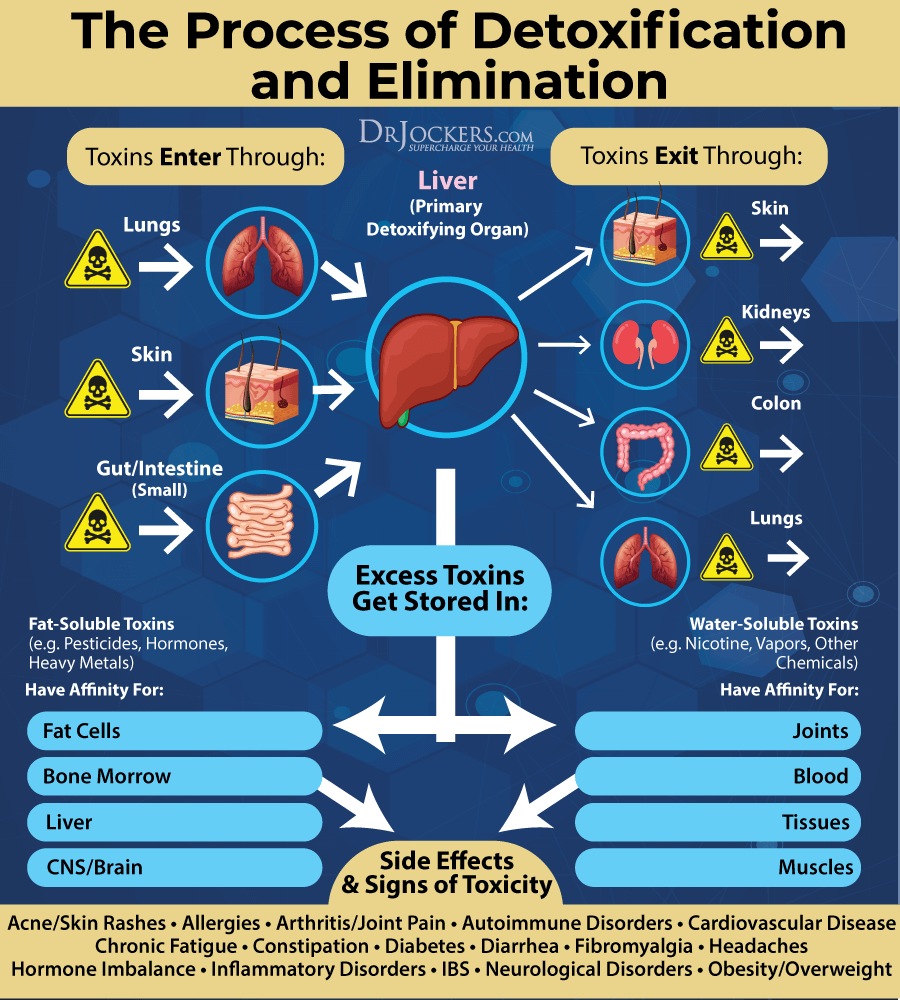
NRF2 Activation for Inflammation Control
Activation of the NRF2 pathway is extremely valuable when dealing with cancer as it plays a role in healthy inflammation response, blood sugar regulation, detoxification pathways, and antioxidant defenses. Additionally, activation of the NRF2 pathway can boost traditional cancer therapies (17).
Oxidative stress is a major player in the formation of cancer. Adding in clinical dosages of resveratrol, curcumin, quercetin, sulfuraphane and Green tea (EGCG) can be extraordinarily beneficial for driving up the Nrf2 Pathway and reducing oxidative stress.
Green tea is a powerful antioxidant that upregulates AMPK activity, inhibits IGF-1 and the mTOR pathway, and protects the p53 gene. Through these mechanisms, green tea has been shown to inhibit cancer cell growth and promote cancer cell apoptosis. Green tea also helps to promote the production of the antioxidants glutathione and superoxide dismutase (SOD). These antioxidants drastically lower inflammation in the body.
Curcumin has powerful antioxidant and anti-inflammatory properties which may help prevent the development of cancer. It has also been shown to prevent the spread of tumors and support apoptosis (cell death). Curcumin can target cancer stem cells to aid in preventing the recurrence of cancer.
Sulforaphane is the powerful isothiocyanate that reduces cancer cell replication and boosts the immune system. Resveratrol is a natural polyphenol produced by red grapes. It has multiple beneficial properties including cardio and neuroprotective properties (11). It is a strong antioxidant and free radical scavenger with anti-inflammatory and anti-tumoral effects. It has antitumor activity on several cancers and on organ-specific and systemic autoimmune conditions.
Summary
In general terms, cancer is a chronic disease that is a result of accumulated damage in the body. The primary driving forces behind cancerous growth are over exposure to toxins combined with an inability to remove them, and chronic under nutrition. This article has discussed why those factors lead to cell damage and cancerous growth and how we can develop cancer.
Now that it is understood why these factors so heavily contribute to the development of cancer (and many other chronic diseases), addressing them with the help of a knowledgeable practitioner of holistic medicine may be the most powerful cancer-fighting and prevention strategy you can employ.
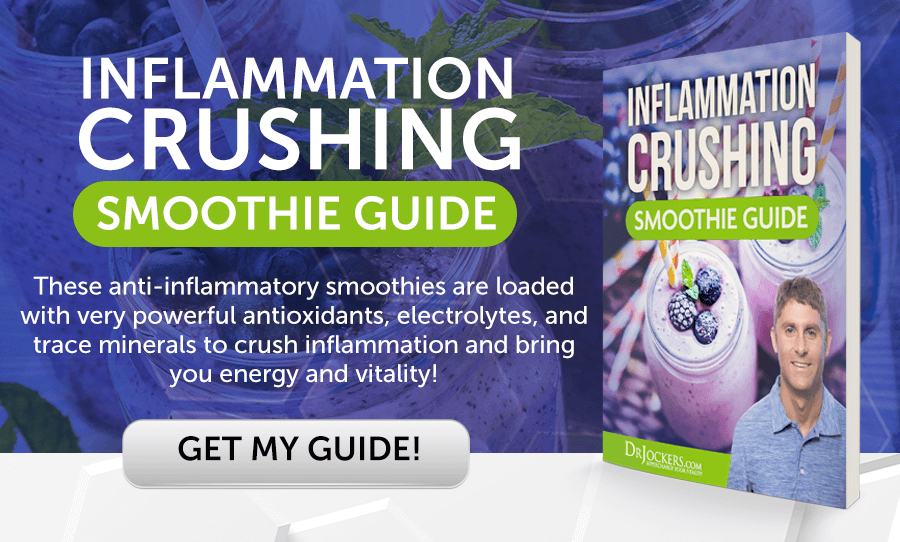 Inflammation Crushing Ebundle
Inflammation Crushing Ebundle
The Inflammation Crushing Ebundle is designed to help you improve your brain, liver, immune system and discover the healing strategies, foods and recipes to burn fat, reduce inflammation and thrive in life!
As a doctor of natural medicine, I have spent the past 20 years studying the best healing strategies and worked with hundreds of coaching clients, helping them overcome chronic health conditions and optimize their overall health.
In our Inflammation Crushing Ebundle, I have put together my very best strategies to reduce inflammation and optimize your healing potential. Take a look at what you will get inside these valuable guides below!

